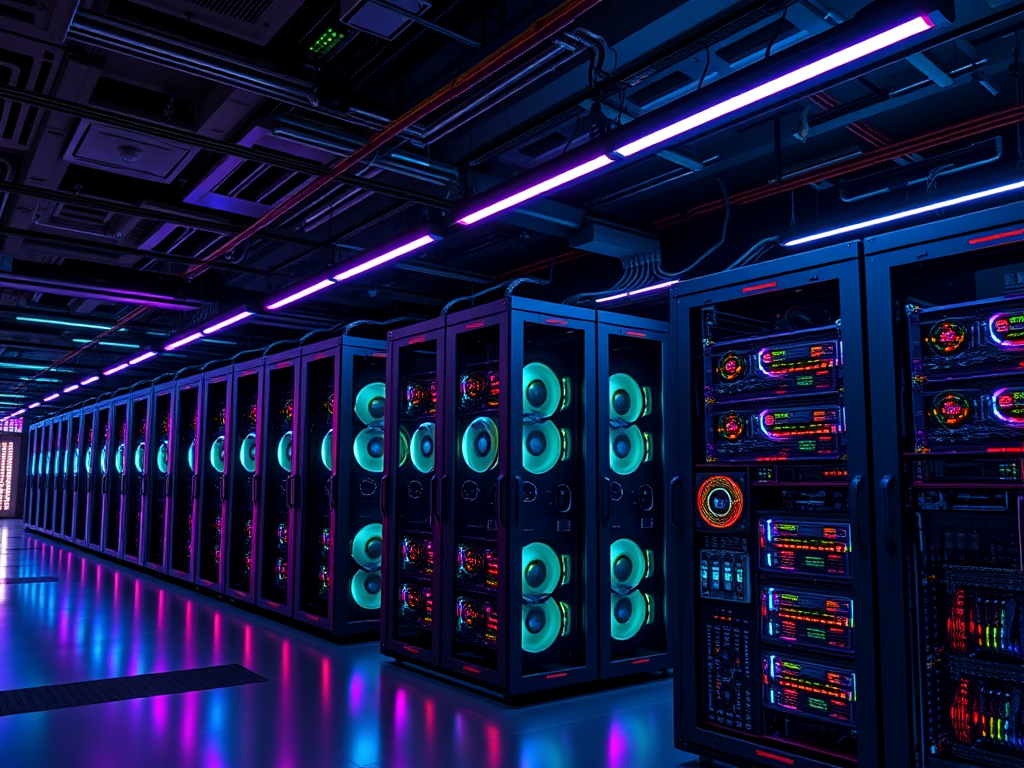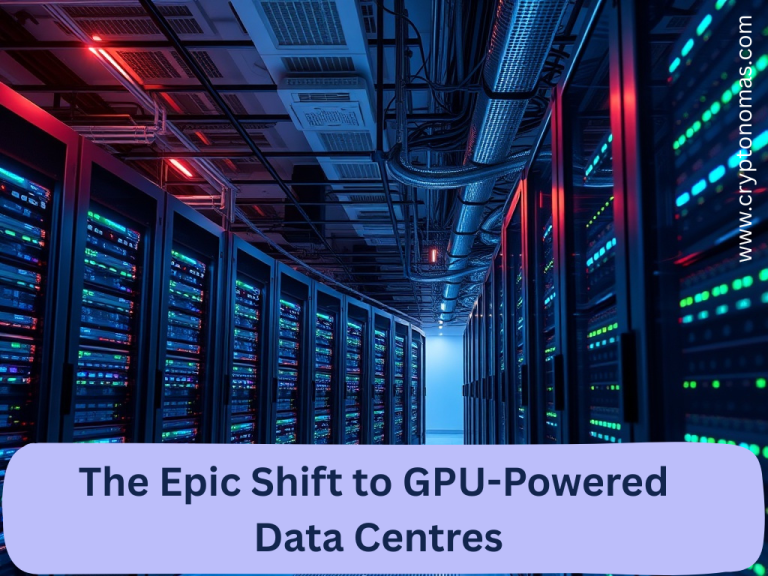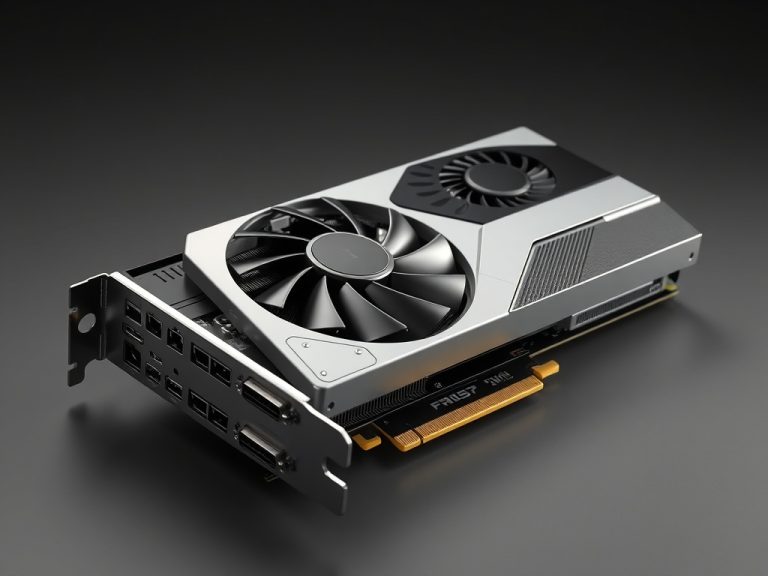
Introduction
In today’s data-driven world, businesses are increasingly turning to advanced computing technologies to improve their operations. One of the most significant advancements has been the use of Graphics Processing Units (GPUs). These powerful processors are no longer just for gaming; they are essential for tasks like machine learning, data analysis, and complex simulations. This article will explore the costs and benefits of using GPU clusters in a business environment, helping companies make informed decisions about their investment.
What are GPU Clusters?
GPU clusters consist of multiple GPUs that work together to perform calculations and process data much faster than traditional systems. By harnessing the power of parallel processing, these clusters can tackle large datasets and run complex algorithms efficiently. This capability is particularly beneficial for industries that rely heavily on data, such as finance, healthcare, and technology.
Costs Involved
1. Initial Investment
- Hardware Costs: The first hurdle for businesses is the initial investment in hardware. High-performance GPUs can range from hundreds to thousands of dollars each. A typical GPU cluster may require several GPUs, along with servers to host them. This can add up quickly, making it a significant upfront cost for any organization.
- Software Licensing: Beyond hardware, businesses often need specialized software to take full advantage of GPU capabilities. This can include licenses for machine learning frameworks, data processing tools, or simulation software. These costs can vary based on the software chosen and the licensing model (one-time purchase vs. subscription-based).
2. Operational Costs
- Electricity: One of the ongoing expenses associated with GPU clusters is electricity. GPUs consume a substantial amount of power, especially when running intensive computations. This can lead to higher electricity bills, which businesses need to account for in their budgets.
- Cooling Solutions: High-performance computing generates a lot of heat. To maintain optimal operating temperatures, businesses often need to invest in cooling systems, such as air conditioning or liquid cooling solutions. These systems can significantly increase operational costs.
3. Maintenance and Support
- Technical Support: Maintaining a GPU cluster requires technical expertise. Businesses may need to hire IT staff with the skills to manage the hardware and software or contract out this support. This adds to the total cost of ownership.
- Regular Upgrades: As technology advances, businesses may need to upgrade their GPUs and related hardware to stay competitive. This can require additional investment over time, making it essential to plan for future costs.
4. Training
- Employee Training: To maximize the benefits of GPU clusters, employees may require training. This could involve learning new software tools, understanding parallel processing, or developing skills in data science. Training costs can vary depending on the complexity of the software and the level of expertise required.
Benefits of GPU Clusters
1. Enhanced Performance
One of the most significant advantages of GPU clusters is their ability to perform tasks much faster than traditional CPUs. This is particularly beneficial for tasks that require extensive computations, such as training machine learning models or running simulations. For example, what might take hours on a CPU can often be completed in minutes on a GPU cluster.
2. Scalability
GPU clusters offer excellent scalability. Businesses can start with a few GPUs and expand their capacity as needed. This flexibility allows organizations to adapt to changing workloads without the need for a complete overhaul of their computing infrastructure.
3. Long-Term Cost Efficiency
While the initial investment in GPU clusters may be high, the long-term benefits can outweigh these costs. Faster processing leads to quicker project completions, which can reduce labor costs and improve overall productivity. Additionally, the ability to tackle more complex tasks can open up new business opportunities.

4. Improved Innovation
With the enhanced computational power provided by GPU clusters, businesses can explore innovative solutions that may have been previously unattainable. For instance, companies can develop advanced AI algorithms, conduct more sophisticated data analyses, or create detailed simulations that help drive strategic decisions.
5. Competitive Advantage
In today’s fast-paced market, gaining insights quickly can provide a significant competitive edge. Businesses that utilize GPU clusters can analyze data faster than their competitors, allowing them to make informed decisions and respond to market changes promptly.
Case Studies
Example 1: Financial Services
A financial services firm decided to invest in a GPU cluster to enhance its market analysis capabilities. Initially, the firm faced a hefty investment in hardware and software. However, the results were impressive. They cut their analysis time by 50%, enabling them to respond to market changes much more quickly. This improved their trading strategies and ultimately led to increased profits.
Example 2: Healthcare
In the healthcare sector, a research organization implemented a GPU cluster to accelerate genomic research. The increased computational power allowed researchers to process DNA sequencing data much faster than before. This not only reduced research timelines but also lowered costs associated with prolonged projects. The organization could bring new treatments to market more quickly, benefiting patients and enhancing its reputation in the industry.
Conclusion
Investing in GPU clusters involves carefully weighing the significant initial and operational costs against the potential long-term benefits. While the upfront investment can be daunting, the advantages—such as enhanced performance, scalability, and a competitive edge—often make it a worthwhile endeavor.
Businesses should evaluate their specific needs, workloads, and potential return on investment (ROI) to make informed decisions about implementing GPU clusters. As technology continues to evolve, GPU clusters are likely to become an essential asset for organizations aiming to leverage data effectively and maintain a competitive position in their industries. By understanding both the costs and benefits, businesses can better navigate the complexities of high-performance computing and position themselves for future success.






